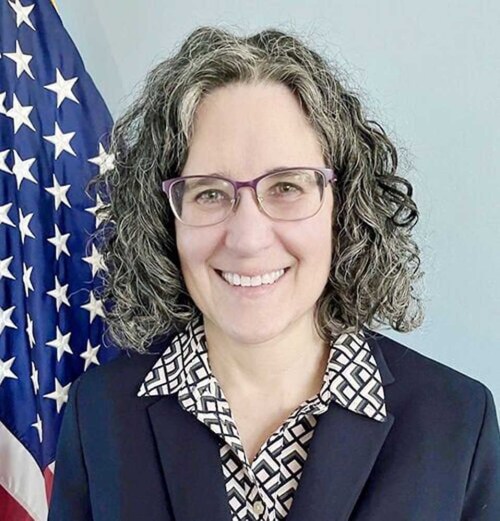BLM Idaho revises process for renewable energy applications
Published 5:54 pm Wednesday, October 25, 2023
Renewable energy developers in Idaho will have to do more up-front work under a new U.S. Bureau of Land Management policy.
Companies must gather input locally to understand stakeholders’ concerns before BLM analyzes a proposed project under the National Environmental Policy Act, according to the bureau’s Idaho Renewable Energy Strategy and Public Engagement Report released Oct. 23.
NEPA requires agencies to take public comment and analyze alternatives, including taking no action.
Feedback first
Under BLM Idaho’s new policy, local feedback would be incorporated before the agency receives an application and the public approval process starts.
The policy addresses increased industry demand for renewable energy projects on BLM-managed lands in southern Idaho, according to an agency news release.
“Our objective is for companies to use early input from local residents and stakeholder groups to determine where best to locate renewable energy projects, so the BLM is only processing applications that have the greatest technical and financial feasibility,” BLM Idaho State Director Karen Kelleher said.
Lessons learned
The agency “learned lessons from early projects and is trying to improve the process for analyzing applications,” she said.
The report compiles feedback received at four public meetings held last spring in connection with the proposed Lava Ridge wind project. The report includes feedback on the new process, and where renewable energy could best be located on BLM lands.
“The concern is that the process doesn’t really assign value to the local input,” said Rep. Jack Nelsen, R-Jerome. “Everybody is hoping they value it. Any action that recognizes and values local input is a step in the right direction.”
Lava Ridge, which has generated widespread opposition, would feature up to 400 turbines on 84,000 acres of federal, state and private land about 25 miles northeast of Twin Falls. One concern is proximity to the Minidoka National Historic Site, a former World War II internment camp.
BLM continues to review the Lava Ridge proposal. Developer Magic Valley Energy has worked with several stakeholder groups.
Policy applauded
Climate change threatens the state’s economy and quality of life, “and the solution is to transition away from fossil fuels to renewable energy and build the infrastructure we need to be energy independent,” said John Robison, Idaho Conservation League public lands director. BLM’s renewable energy strategy directs developers to work closely with local communities early on to site, design and manage projects “in ways that reflect community values.”
“With this strategy in place, energy companies should have already done their homework and drafted projects that are respectful of local values, natural resources and cultural heritage,” he said. “Projects should be sited next to existing infrastructure so companies don’t have to build hundreds of miles of new transmission lines.”
While BLM’s renewable-energy strategy is a good starting point, the Conservation League encourages energy companies and the agency to do more, Robison said.
Companies should consider local communities as partners and make sure they benefit from projects, and BLM should “take the next logical step” and work with communities before projects are proposed to determine which areas are suitable for energy projects and which should be protected, he said.
Lands not deemed appropriate for energy development should be safeguarded with protection measures, while lands deemed appropriate for development should require mitigation measures to address wildlife and cultural resource issues, Robison said.






